Twenty-six years since the dawn of democracy and race is still a talking point in South African society. What happened to the ‘Rainbow Nation’? Why does a country with a Constitution hailed as a beacon of human rights in the world still experience incidents of interracial conflict and protests against remnants of a painful past? The term ‘Rainbow Nation’ came into use in South Africa after 1994 when Archbishop Desmond Tutu first used it to symbolise hope for interracial unity among a diverse South African population. Former President Nelson Mandela referred to this new South Africa as a “rainbow nation at peace with itself and the world”. But how can there be peace if race, racialism and racism are still experienced every day? Where is humanity to be found in a racialised society? These were some of the topics highlighted at the panel discussion held to launch the book Persistence of Race produced by the STIAS Effects of Race project. This is the third and final set of essays, the two previous books, Race in Education and The Effects of Race were published in 2019 and 2018, respectively. The event also marked the culmination of the project which falls under the STIAS long-term theme, Being Human Today. [gallery size="large" columns="2" ids="25357,25336"] STIAS fellow, human rights lawyer and theologian, Barney Pityana led the discussion and book launch ceremony while the panel comprised STIAS fellows and members of the project group: Njabulo Ndebele, Crain Soudien, Gerhard Maré, George Chaplin, Nina Jablonski and Gӧran Therborn. Persistence of Race considers how new information from both the biological and social sciences is changing our perspective on the nature of the human condition, including the association of biological and social phenomena with ‘race’. The essays also look at global events or movements which influence these processes in South Africa and the costs of a racialised world order to humans and humanity. Phenomena are examined through the lenses of many disciplines: sociology, history, geography, anthropology and writing. “Despite the defeat of apartheid and the development of a state founded on human dignity, social justice and non-racism, if you listen to South Africans in conversation we remain unmistakably preoccupied with race,” said Pityana. “Apartheid is not dead – it endures. Race is a part of the DNA of South Africans. Overcoming racism and racialism remains an elusive pursuit.” “We are trying to understand why 25 years of talking about it still hasn’t charted a clear path for the future. This is the culmination of years of work across three continents.” The panellists specifically focused on the areas covered in their essays. “From the 1980s onwards the country was on a different trajectory,” said Crain Soudien. “1994 is seen as the turning point but from the 1980s there was a complex rearrangement of class and race with the emergence of a sizeable black middle class. In the mid-80s this group constituted an estimated 350 000 now it ranges from 4 to 14 million depending on the source. This is extraordinary. It leads to new fractures, solidarities, divisions and loyalties, a different sociology that we need to understand.” However, Gӧran Therborn pointed to the continuing spectre of inequality. “South Africa today is the most unequal country on earth,” he said. “This was established before apartheid - the settler state created a dual economy and this duality was not touched in the process of dismantling apartheid. The Constitution did not deal with the underlying structure of privilege. The new regime wanted social justice but focused on categorical equality – ensuring the representation of the majority in positions of privilege and power. They forgot that equality is not just about power but also about how the majority of the population lives. One third of the labour force is excluded from the economy. The large majority of South Africans are an unemployed, excluded underclass doomed to a life of persistent poverty.” “Race and class are intertwined and competing,” he added. “The distance between the middle and upper class is increasing with the top 1% driving inequality.” Gerhard Maré spoke about the continued indignity and inappropriateness of official racial classification in South Africa. He pointed out that the state still creates “templates of difference” by the enforcement of such racial categorisation on official documentation and in policy. “It’s not something that will change easily – it’s complex, with no simple answers,” he said. “But it is wrong in a truly democratic society.” “We have to move beyond just a constitutional commitment to non-racism, dignity and equality,” he added. He also explained that on an individual level racial categorisation is different – “It’s about an individual questioning – asking why do I belong to this race? There are circumstances in which race is a valuable categorisation.” “We have to recognise that we live in a racial time,” added George Chaplin. “South Africa is still a relatively safe space to talk about race and racism. Most places pretend it doesn’t exist. When we don’t talk about race it doesn’t mean it has gone away.” “We have to find a way of talking about it differently. The youth have to find their own language and way of talking about it.”
People
-
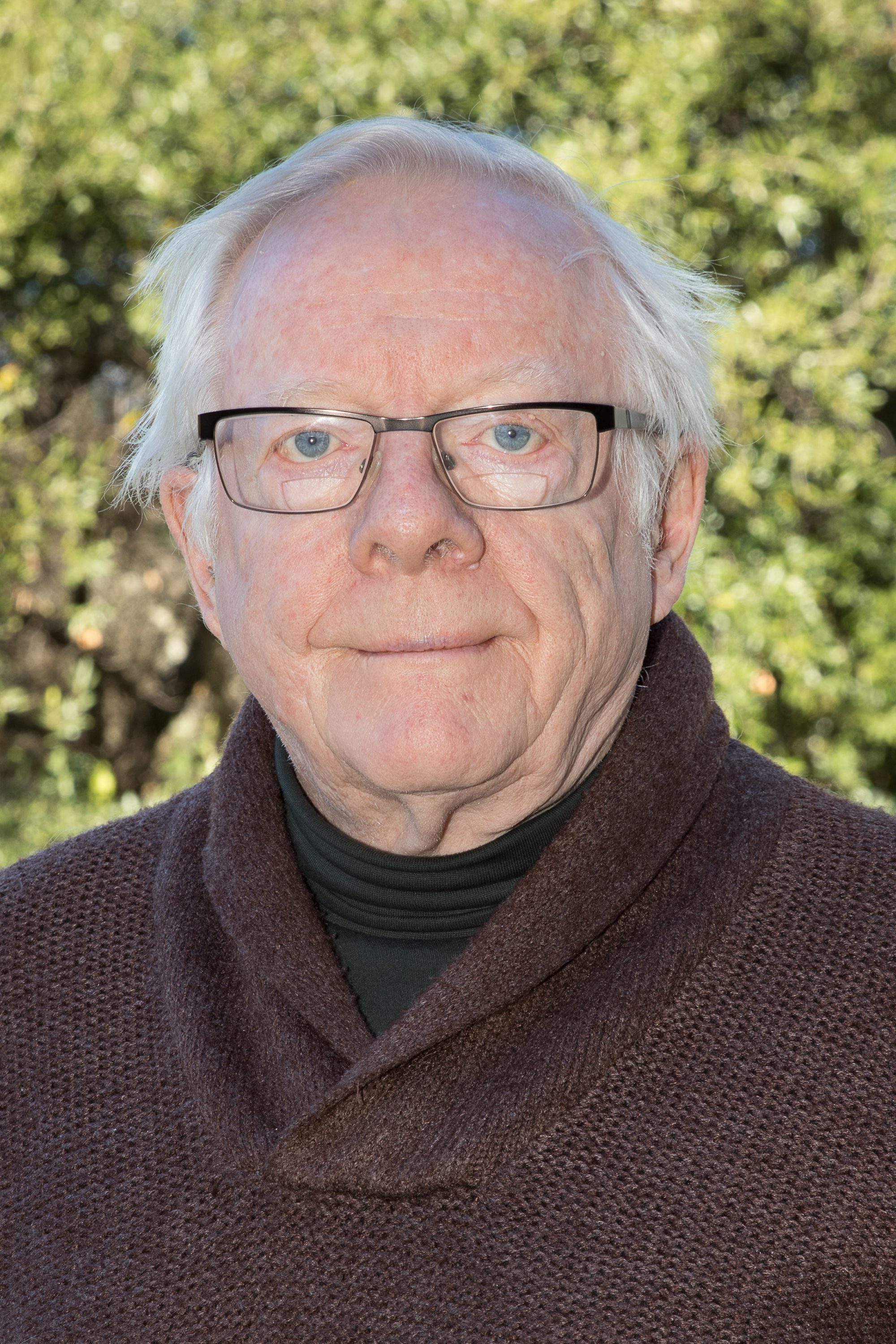
Göran Therborn
STIAS Fellow
United Kingdom of Great Britain and Northern Ireland (the) -

Barney Pityana
STIAS Fellow
South Africa -

Njabulo Ndebele
STIAS Fellow
South Africa -
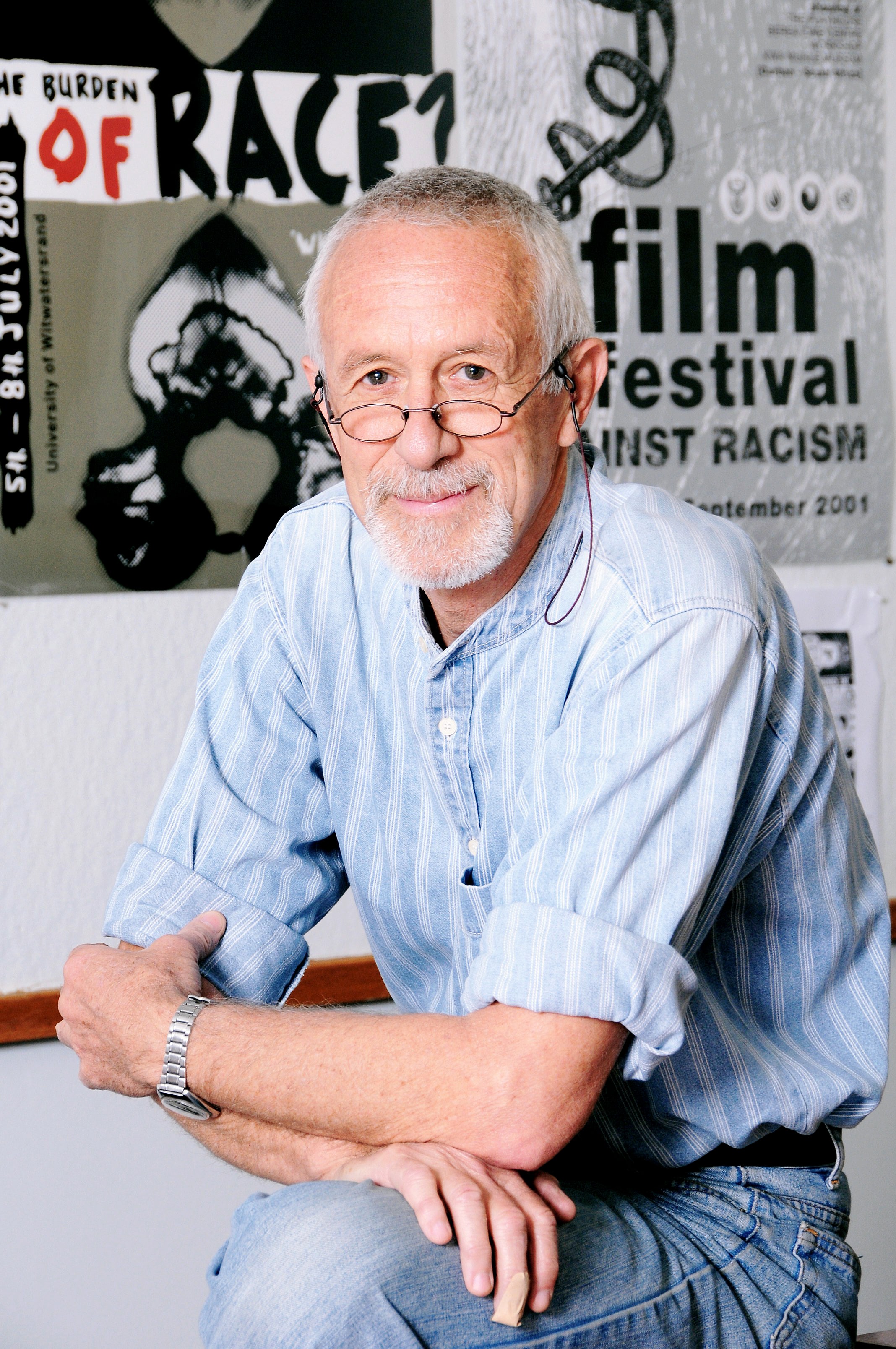
Gerhard Maré
STIAS Fellow
South Africa -

Nina Jablonski
STIAS Fellow
United States of America (the) -

George Chaplin
STIAS Fellow,Artist-in-Residence
United States of America (the)
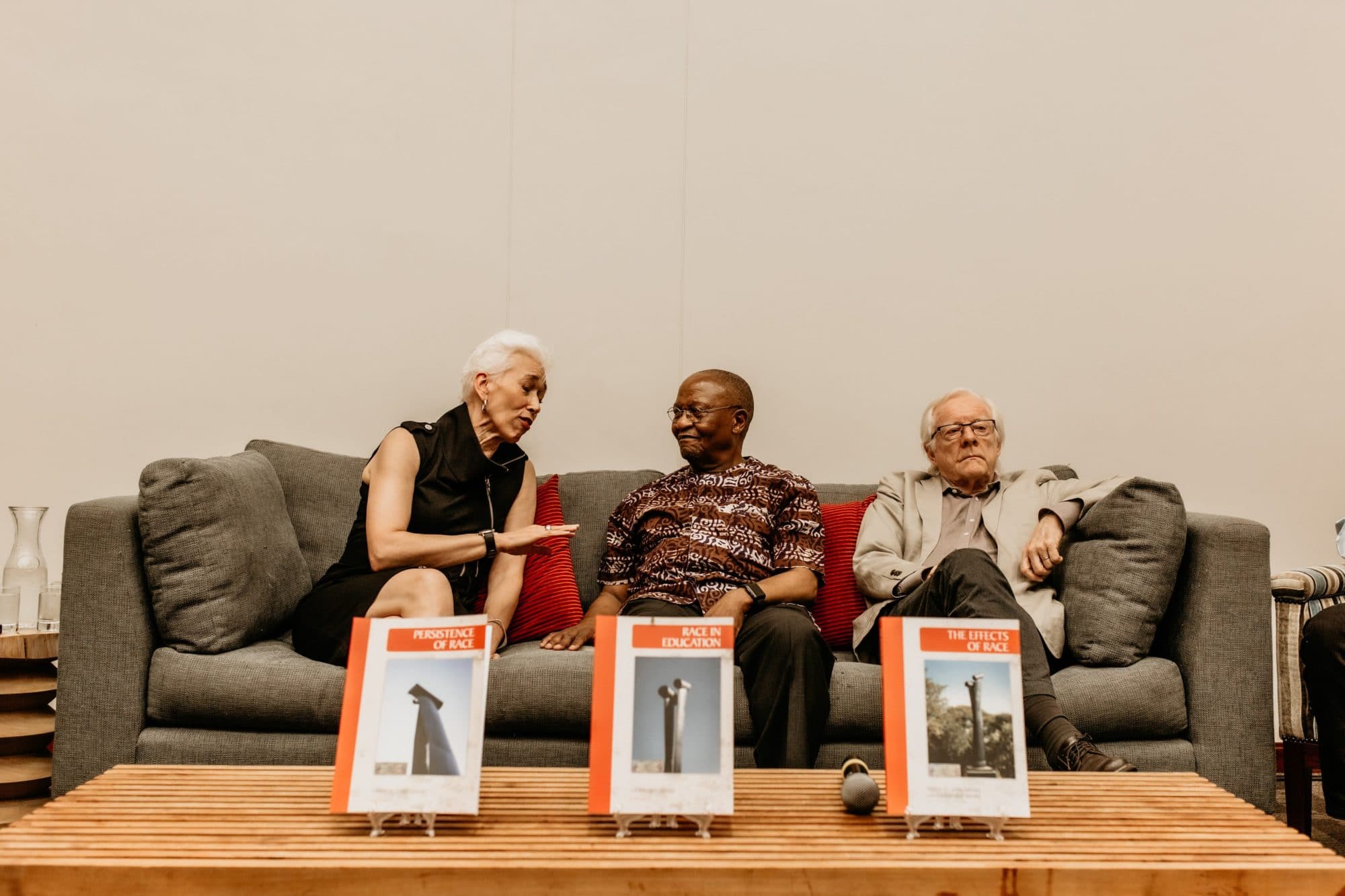
Related to When the rainbow melts – trying to find out why
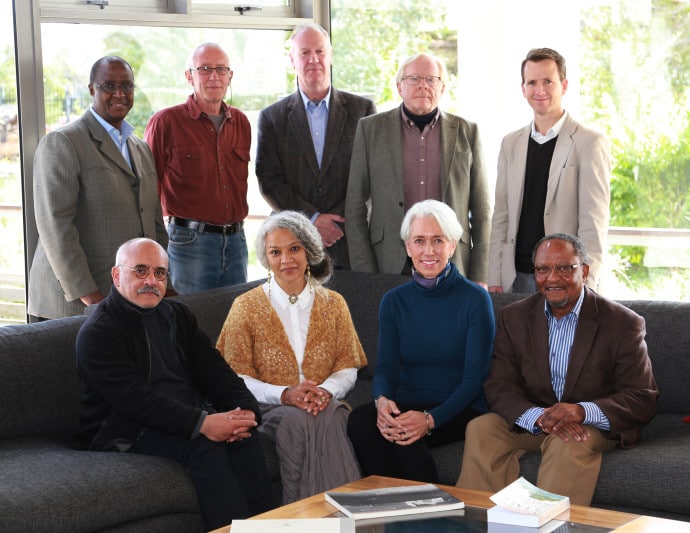
Event
When the Rainbow Melts, Celebrate the Thoughts that Tried to Find Out Why
Panel discussion and book launch of the three STIAS volumes: Persistence of Race (2020) Race in Education (2019) The Effects of Race (2018) Twenty-six years since the dawn of democracy and race is still a talking point in parts of South African society.

Project
The Effects of Race
The STIAS Effects of Race project project will address major gaps in our knowledge on race thinking and racialism.
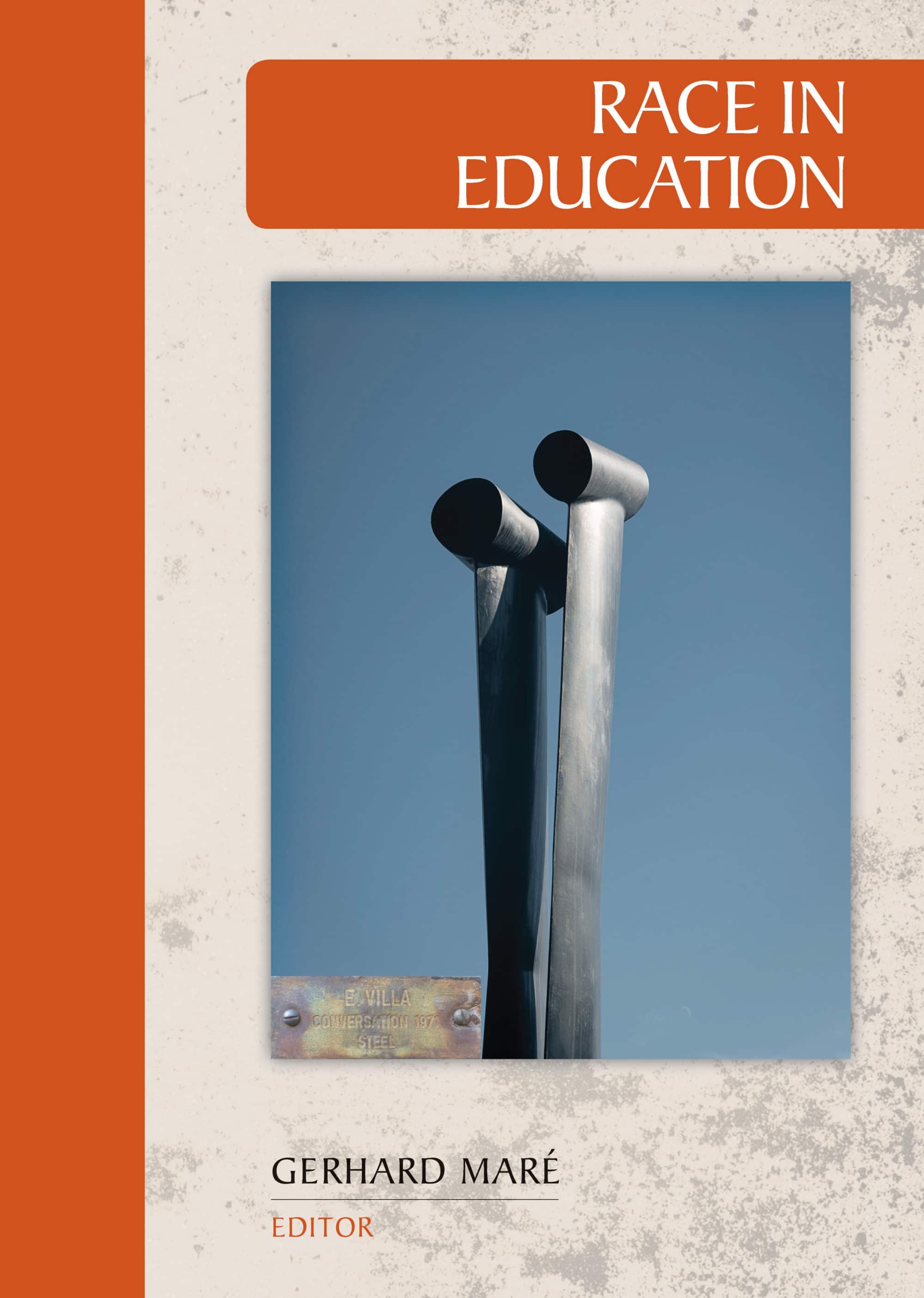
Publication
STIAS Series Volume 13: Race in Education
Race in Education Gerhard Maré (Editor) SUN PRESS (2019, 139pp) ISBN: 978-1-928480-14-3 https://doi.org/10.188209781928480150 For a preview and more re...

Publication
STIAS Series Volume 11: The Effects of Race
The Effects of Race Nina Jablonski, with Gerhard Maré (Editors) AFRICAN SUN MeDIA (2018, 180 pp) ISBN: 978-1-928357-84-1 https://doi.org/10.1882097819283...
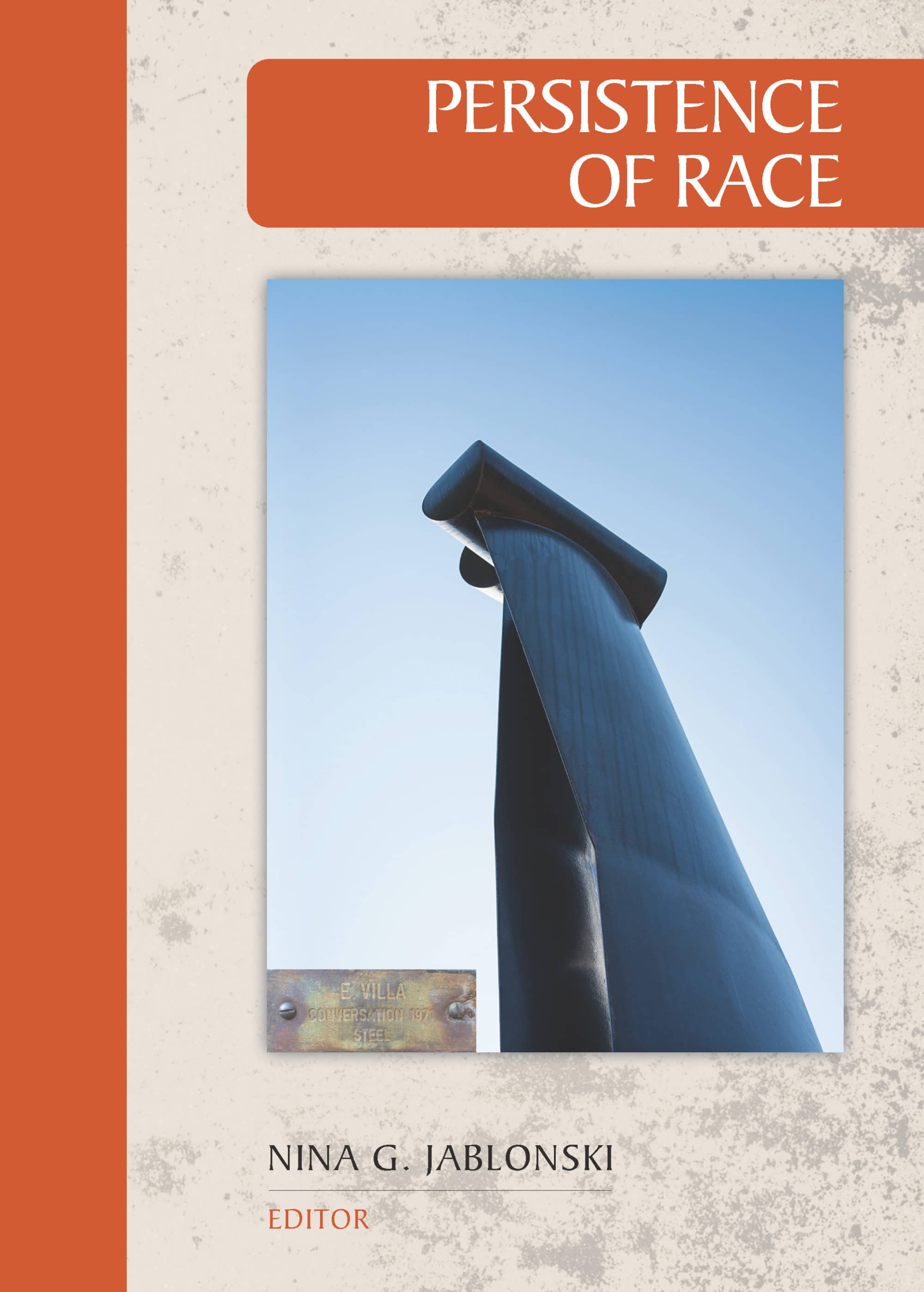
Publication
STIAS Series Volume 15: Persistence of Race
Persistence of Race Nina G. Jablonski (Editor) AFRICAN SUN MeDIA (2020, 150pp) ISBN: 978-1-928480-44-0 https://doi.org/10.188209781928480457 For a prev...